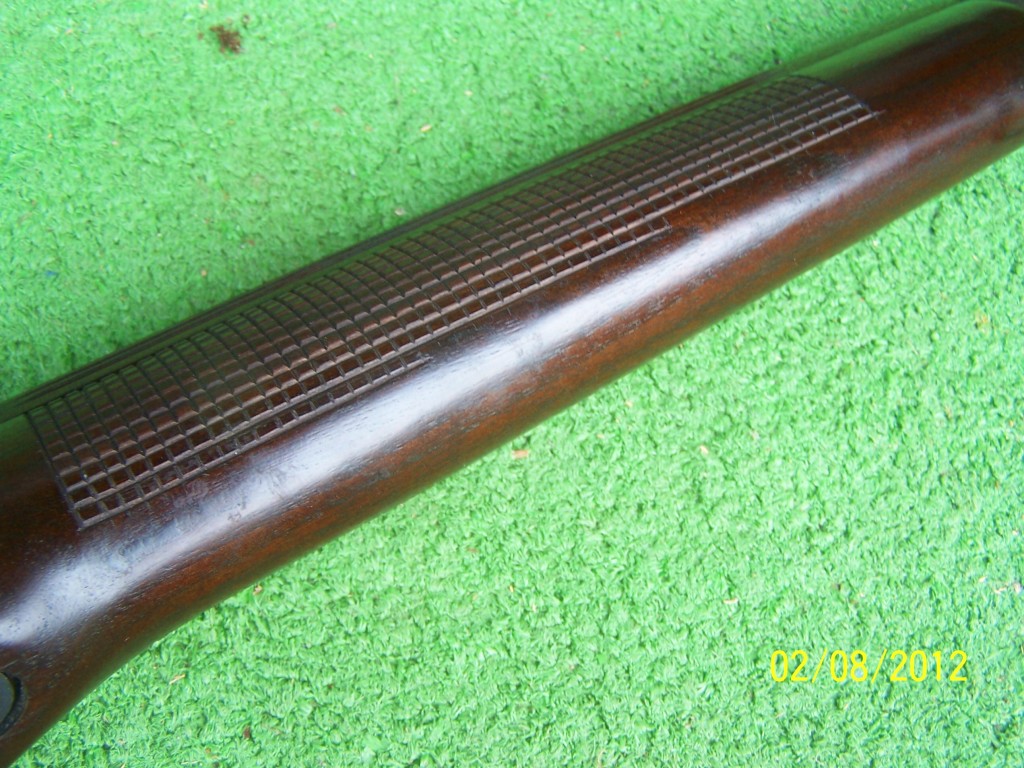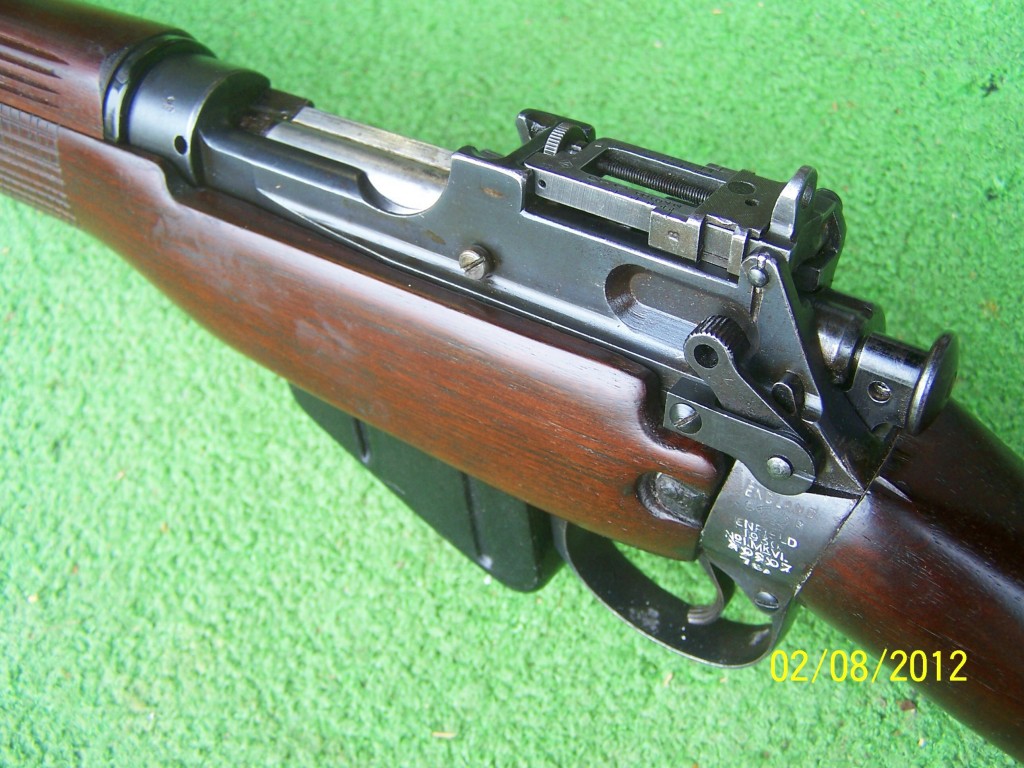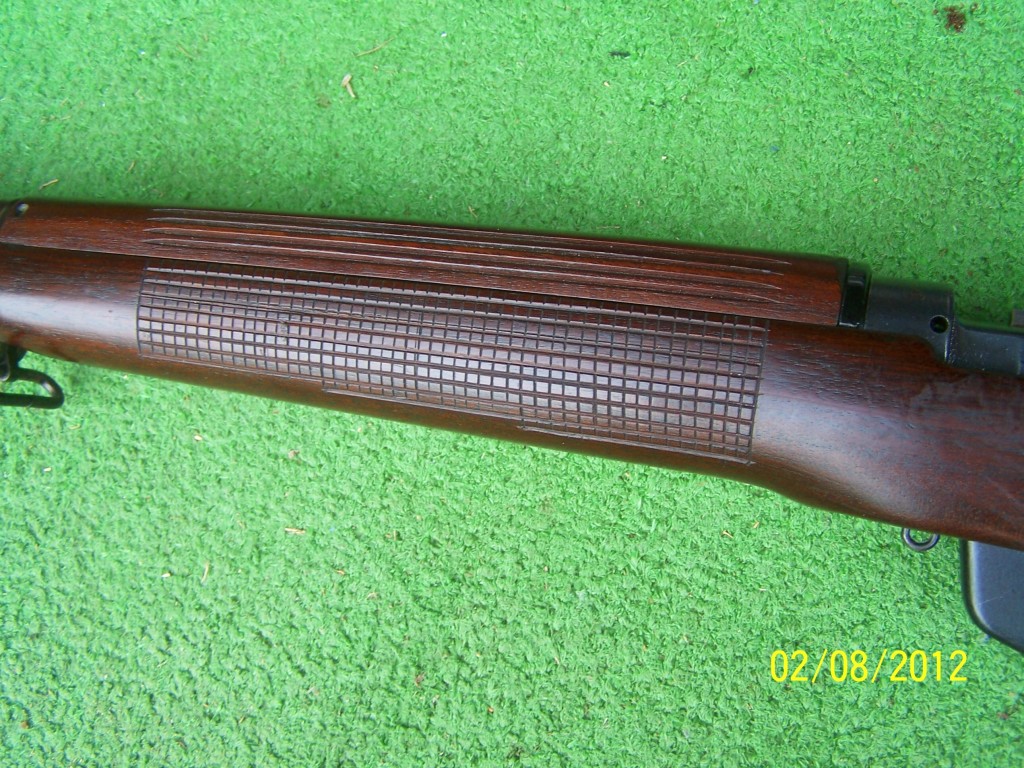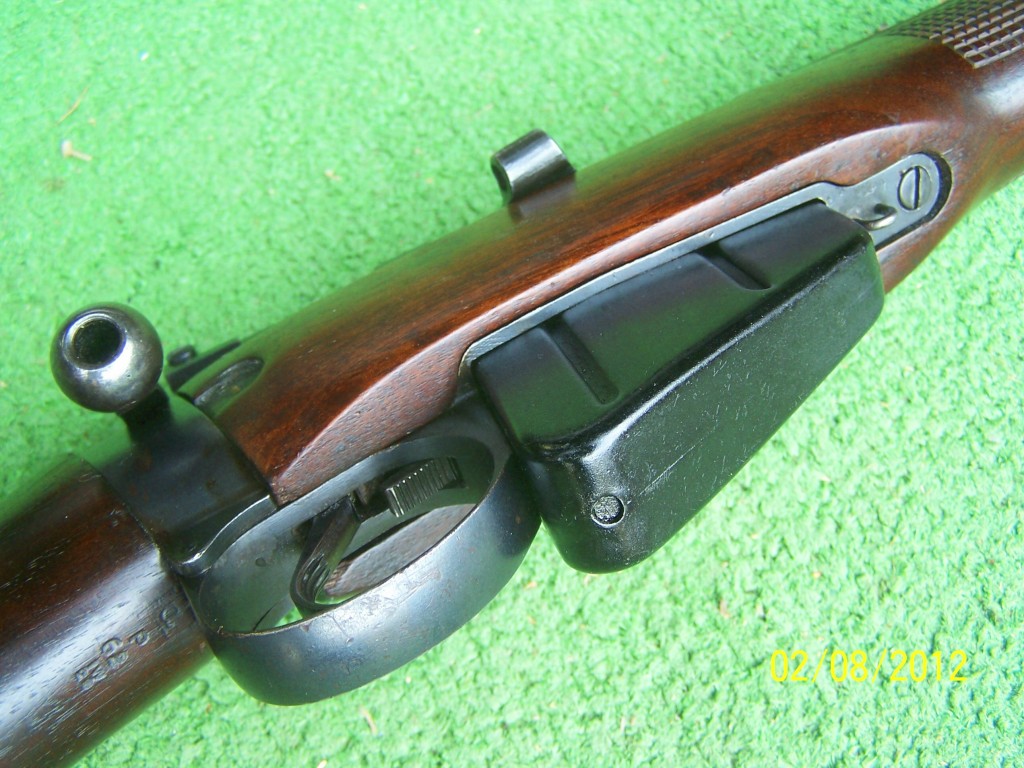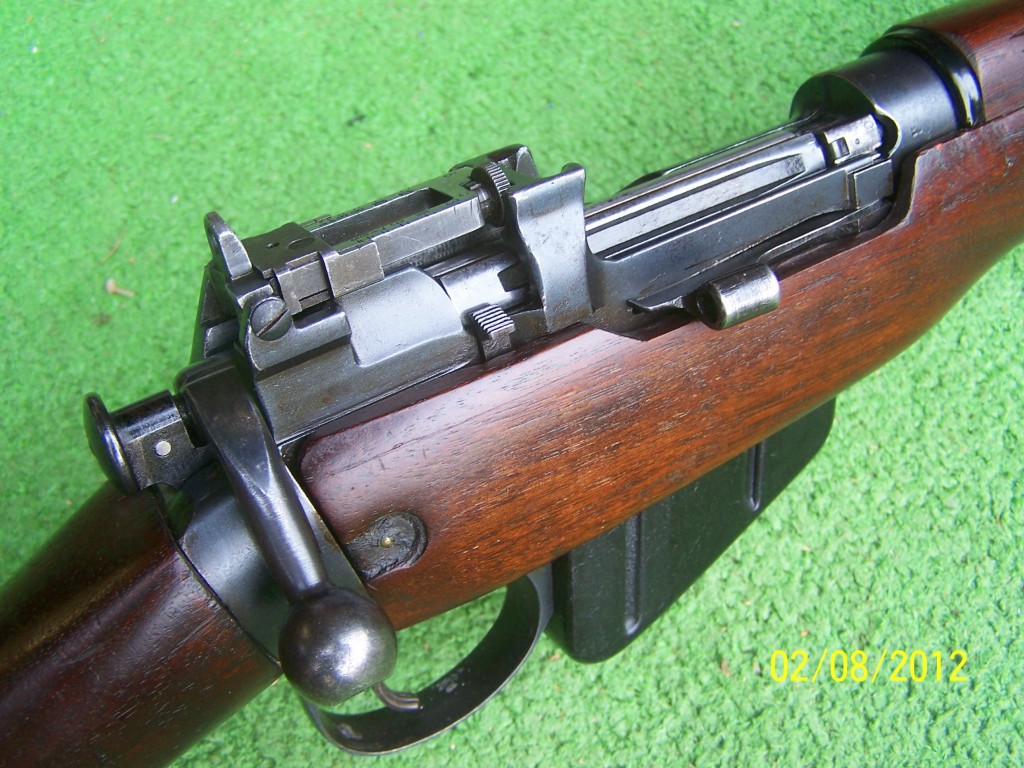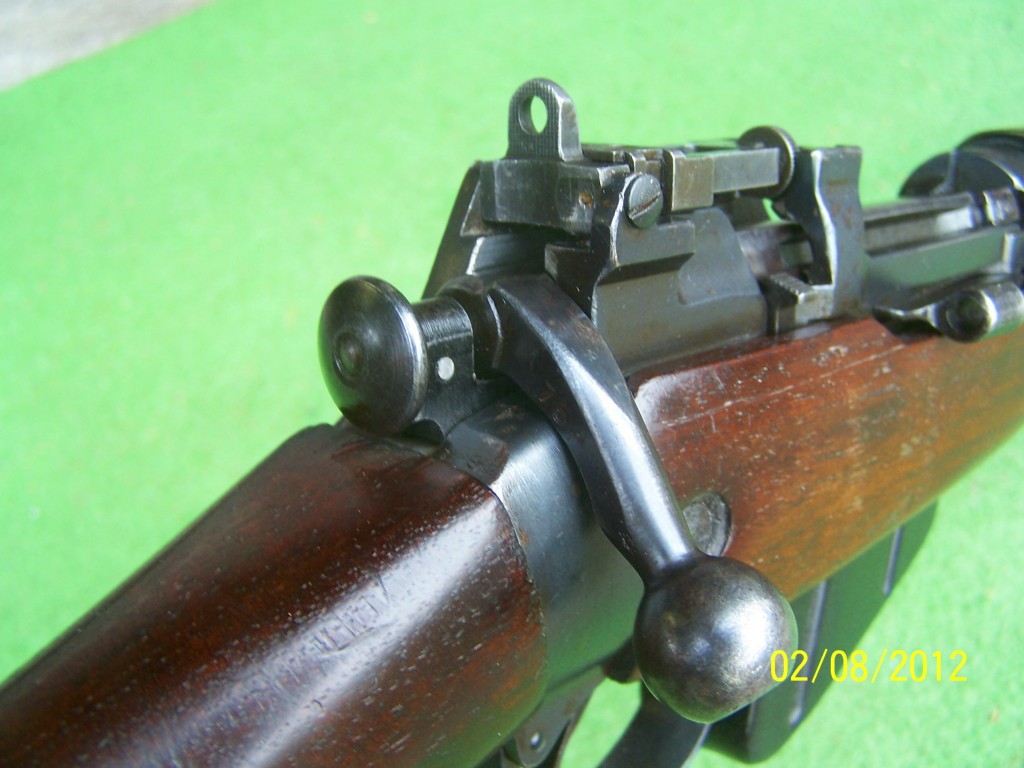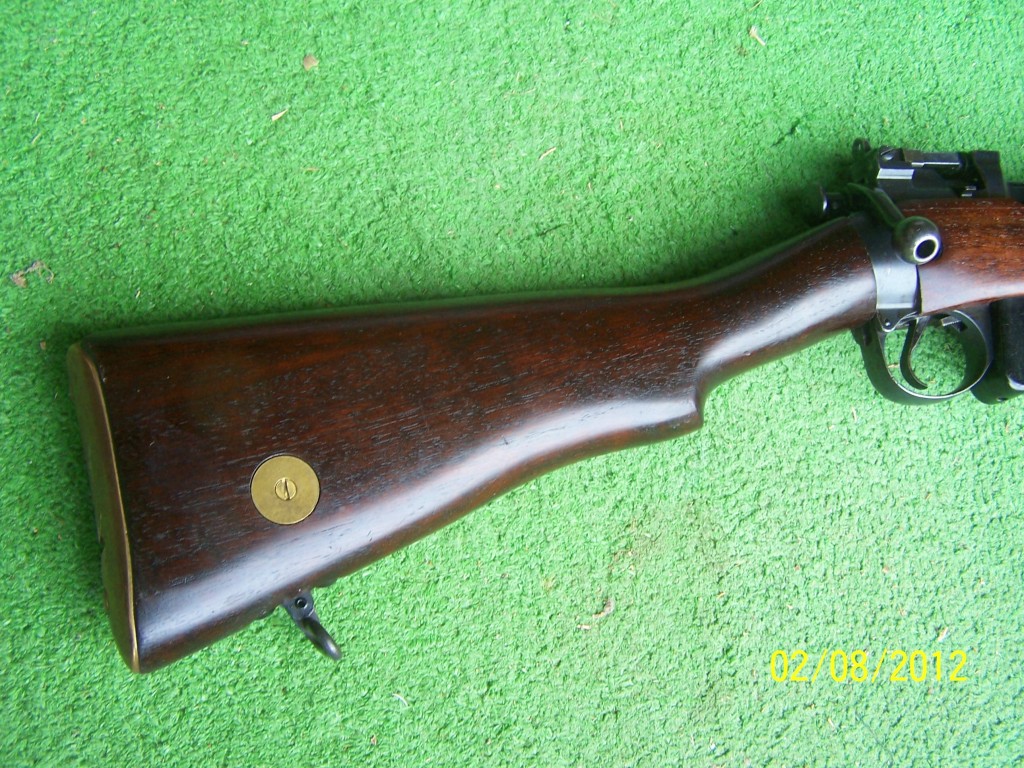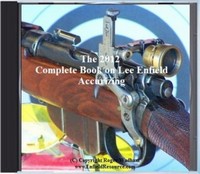Enfield No1 Mk6
Few rifles engage the watchful eye of the ever optimistic Enfield enthusiast as much as the chance of finding a No1 Mk6 trials rifle, the prototype of England’s famed WW2 battle rifle.
Barely a thousand No1 Mk 6’s were made and field tested. After a short respite in the early 1930’s they had a second life as even these ‘prototypes’ were swept up to help make up for the tremendous equipment losses sustained at Dunkirk . Its descendant, the No4 Mk1, went on to be made by the tens of millions, and the now anonymous No1 Mk6’s vanished into the huge pools of weapons made surplus by the outbreak of peace.
The attrition of war greatly reduced the Mk6’s numbers, there are now just a few in scattered museums. Today a register of civilian ownership numbers barely a dozen.
Somewhat perversely the post war low budget shoppers who enthusiastically cut back full wooded stocks of war surplus rifles to make cheap hunting rifles may have created one of the few areas where the occassional Mk6 is to be found. Modern gun shows and auction sites abound in well used sporterized military rifles, and the Mk6 photo file shown here is one of them.
Found at a Los Angeles gun show in 2001 wearing wood from a completely different rifle, it’s been progressively restored with a walnut wood set, and with help from other mk6 owners, the original checkering has been reproduced.
Unchanged original No1Mk6’s are very rare. Equally collectible are No1 Mk6 rifles that were re-assembled from parts for the war emergency, and had a number of No4Mk1 components. It can be historically correct to restore a Mk6 rifle with parts that visibly belong on a No4 mk1..
These rifles, whose parts were not 100% compatible with the mass of No4 mk1’s, had their original serial numbers crossed out, and newly allocated serial numbers with an A suffix warned armorers of the rifles unique background.
The No1 Mk6 here was serial 02X7 as a No1 Mk6 and is now 7X A. (Where X is anonymous). An interesting point is that the original Mk6 striker knob is present, but the bolt body has been replaced and only carries the 7X A serial number.
Other interesting points are are that the receiver and barrel numbers are original, the barrel shows very little use, and the bluing has very little wear on the high spots. It has lost to time the special rear sight made for these rifles that had a lower axis pin height, which has meant hat any more modern replacement will not pivot unless modified. This low axis pin height raises several good questions. An unusual number of No1 Mk6 rifles were converted to T configuration, with No 32 scopes. Perhaps the reason for this is that without a rear sight that would adjust for range they could not be used by troops. .
Somehow it survived its first ‘trials rifle’ life, and then premature retirement where many went to spares, then a second life as WW2 called her up for active duty, then a third peacetime spell as a discarded surplussed rifle, and finally a fourth life as a restored collector’s rifle. Her lucky fourth life/lifes will be a graceful and active retirement.
==================================





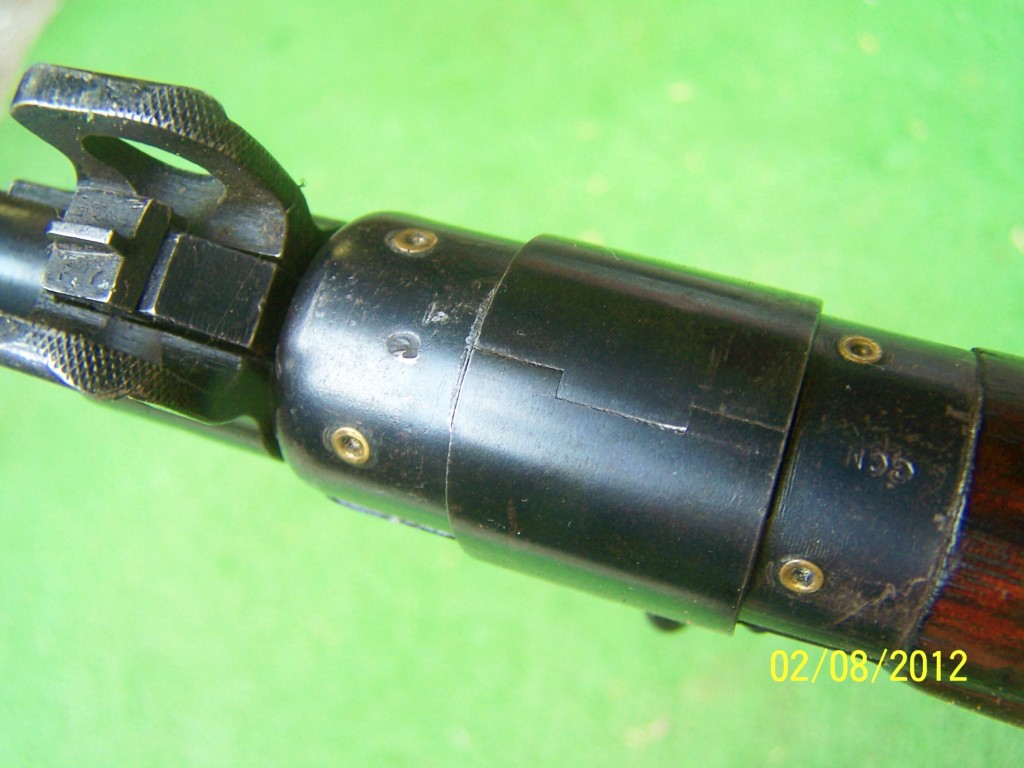
No1 Mk6 Hinged front band
